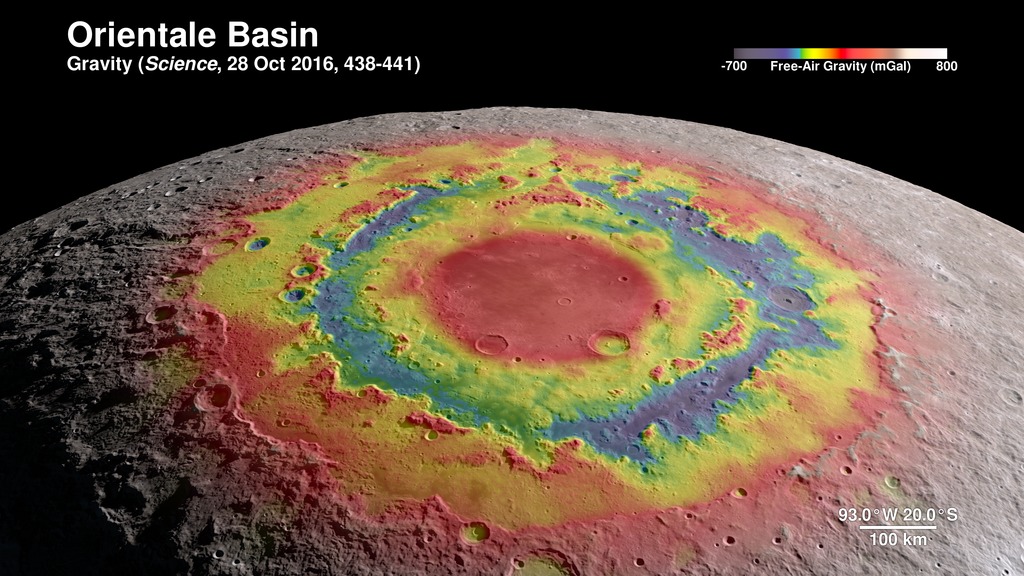Temperature, Reflectance Point to Frost near the Moon's Poles
A view of the south pole of the Moon showing where reflectance and temperature data indicate the possible presence of surface water ice. Includes music and narration. Music by Killer Tracks: Full Charge
- Zubin Thakkar.
Scientists studying data from Lunar Reconnaissance Orbiter (LRO) have found evidence of surface frost near the poles on the Moon. Elizabeth Fisher, Paul Lucey, and their colleagues combined temperature data from LRO's Diviner instrument with reflectance from its laser altimeter (LOLA) to find places that are cold enough and shiny enough to indicate the possible presence of surface water ice. Their results appear in the August, 2017 issue of the journal Icarus.
A view of the south pole of the Moon showing where reflectance and temperature data indicate the possible presence of surface water ice. This is the source visualization, without titles or sound.
For More Information
Credits
Please give credit for this item to:
NASA's Scientific Visualization Studio
-
Visualizer
- Ernie Wright (USRA)
-
Producer
- David Ladd (USRA)
-
Writer
- Elizabeth Zubritsky (ADNET Systems, Inc.)
-
Scientist
- Elizabeth Fisher (Brown University)
Missions
This page is related to the following missions:Related papers
American GeoPhysical Union (2012, December 5). Press Conference: Fire in a Changing Climate and What We Can Do About It. American Geophysical Union (2012, December 5) Press Conference Slides: Fire in a Changing Climate and What We Can Do About It (PDF).Giglio, L., J. Descloitres, C.O. Justice, and Y. J. Kaufman. 2003. An Enhanced contectual fire detection algorithm for MODIS. Remote Sensing of Environemt, 87:273-282.
Datasets used
-
[LRO: Diviner]
ID: 213 -
[LRO: LOLA]
ID: 214
Note: While we identify the data sets used on this page, we do not store any further details, nor the data sets themselves on our site.
Release date
This page was originally published on Wednesday, May 31, 2017.
This page was last updated on Sunday, February 2, 2025 at 12:09 AM EST.

